|
he new space race has attracted multiple private ventures. From cargo delivery to facility construction in orbit and on the Moon, the burgeoning space economy has everyone racing to get in on the ground floor. If successful, an upcoming mission will establish the first lunar data center. Florida-based startup Lonestar Data Holdings plans to launch the first Moon-based data center dubbed the "Freedom Data Center." The compact but fully operational information hub will piggyback on an upcoming lunar lander mission by Intuitive Machines aboard a SpaceX Falcon 9 rocket in February. Lonestar says storing data on the Moon offers unique benefits. First, it provides unmatched physical security and protection from natural disasters, cyber threats, and geopolitical conflicts that could put Earth-based data at risk. The solar-powered mini-facility is also much more environmentally friendly than energy-hungry data centers on our home planet, utilizing naturally cooled solid-state drives. The company has already lined up some high-profile early customers for their lunar platform, including the state of Florida, the Isle of Man government, AI firm Valkyrie, and the pop rock band Imagine Dragons. The company has been working towards this milestone for years, successfully testing data storage on the Moon in February last year and aboard the International Space Station in 2021. However, putting something as complex as a data center on the lunar surface is still an enormous technical challenge.
The harsh environment, maintenance difficulties, and astronomical costs could create some problematic issues. There are also inherent risks associated with space launch. There is no option for equipment recovery if something goes wrong. Thankfully, the data center will have a ground-based backup at a Flexential facility in Tampa. Lonestar has yet to release specific operational details or hardware specs. It will be interesting to see the company's plans for communication between lunar and ground-based facilities. Lonestar isn't the only venture planning to establish a lunar data center. Reuters reports that several other companies are eyeing similar space-based facilities, including Lumen Orbit, which recently raised $11 million at a $40 million valuation.
0 Comments
Boeing says its spacecraft is leaking but it's still safe to launch US astronauts next week5/25/2024 NASA and Boeing said a helium leak in Boeing's Starliner spacecraft was "stable" and wouldn't prevent two astronauts from launching into space next week in a mission more than a decade in the making. NASA and Boeing execs said in a press conference on Friday that the cause of a leak in Starliner's propulsion system had been identified and that it was safe to fly. A launch attempt on May 6 was scrubbed hours before takeoff because of a separate issue, after which a "small" leak was discovered on a flange on one of Starliner's thrusters, said Steve Stich, a NASA program manager. Mark Nappi, a Boeing vice president, said that days after the leak was discovered, "we proved to ourselves that the leak was stable." He said the "design vulnerability" was "very remote" and "not a safety-of-flight issue."
Stich said, "We can handle up to four more leaks, and we can handle this particular leak if that leak rate were to grow even up to 100 times." Boeing's Starliner is set to take two NASA astronauts, Butch Wilmore and Suni Williams, to the International Space Station on June 1 and then back after one week. There are backup launch opportunities on June 2, 5, and 6. Boeing is playing catch-up with SpaceX, whose Dragon spacecraft has been transporting astronauts to and from the ISS since 2020. Starliner's voyage comes amid scrutiny of Boeing's safety culture around its separate passenger-plane division. Starliner encountered issues on uncrewed test flights in 2019 and 2021. Spokespeople from both Boeing and NASA referred DOA to Friday's press conference. Voyager 1 is still alive out there, barreling into the cosmos more than 15 billion miles away. However, a computer problem has kept the mission's loyal support team in Southern California from knowing much more about the status of one of NASA's longest-lived spacecraft. The computer glitch cropped up on November 14, and it affected Voyager 1's ability to send back telemetry data, such as measurements from the spacecraft's science instruments or basic engineering information about how the probe was doing. So, there's no insight into key parameters regarding the craft's propulsion, power, or control systems. "It would be the biggest miracle if we get it back. We certainly haven't given up," said Suzanne Dodd, Voyager project manager at NASA's Jet Propulsion Laboratory, in an interview with Ars. "There are other things we can try. But this is, by far, the most serious since I’ve been project manager." Dodd became the project manager for NASA's Voyager mission in 2010, overseeing a small cadre of engineers responsible for humanity's exploration into interstellar space. Voyager 1 is the most distant spacecraft ever, speeding away from the Sun at 38,000 mph (17 kilometers per second). Voyager 2, which launched 16 days before Voyager 1 in 1977, isn't quite as far away. It took a more leisurely route through the Solar System, flying past Jupiter, Saturn, Uranus, and Neptune, while Voyager 1 picked up speed during an encounter with Saturn to overtake its sister spacecraft. For the last couple of decades, NASA has devoted Voyager's instruments to studying cosmic rays, the magnetic field, and the plasma environment in interstellar space. They're not taking pictures anymore. Both probes have traveled beyond the heliopause, where the flow of particles emanating from the Sun runs into the interstellar medium. There are no other operational spacecraft currently exploring interstellar space. NASA's New Horizons probe, which flew past Pluto in 2015, is on track to reach interstellar space in the 2040s. State-of-the-art 50 years agoThe latest problem with Voyager 1 lies in the probe's Flight Data Subsystem (FDS), one of three computers on the spacecraft working alongside a command-and-control central computer and another device overseeing attitude control and pointing. The FDS is responsible for collecting science and engineering data from the spacecraft's network of sensors and then combining the information into a single data package in binary code—a series of ones and zeros. A separate component called the Telemetry Modulation Unit actually sends the data package back to Earth through Voyager's 12-foot (3.7-meter) dish antenna. In November, the data packages transmitted by Voyager 1 manifested a repeating pattern of ones and zeros as if it were stuck, according to NASA. Dodd said engineers at JPL have spent the better part of three months trying to diagnose the cause of the problem. She said the engineering team is "99.9 percent sure" the problem originated in the FDS, which appears to be having trouble "frame syncing" data. So far, the ground team believes the most likely explanation for the problem is a bit of corrupted memory in the FDS. However, because of the computer hangup, engineers lack detailed data from Voyager 1 that might lead them to the root of the issue. "It's likely somewhere in the FDS memory," Dodd said. "A bit got flipped or corrupted. But without the telemetry, we can't see where that FDS memory corruption is." When it was developed five decades ago, Voyager's Flight Data Subsystem was an innovation in computing. It was the first computer on a spacecraft to make use of volatile memory. Each Voyager spacecraft launched with two FDS computers, but Voyager 1's backup FDS failed in 1981, according to Dodd. The only signal Voyager 1's Earthbound engineers have received since November is a carrier tone, which basically tells the team the spacecraft is still alive. There's no indication of any other major problems. Changes in the carrier signal's modulation indicate Voyager 1 is receiving commands uplinked from Earth. "Unfortunately, we haven't cracked the nut yet, or solved the problem, or gotten any telemetry back," Dodd said. Breaking out the bindersIn the next few weeks, Voyager's ground team plans to transmit commands for Voyager 1 to try to isolate where the suspected corrupted memory lies within the FDS computer. One of the ideas involves switching the computer to operate in different modes, such as the operating parameters the FDS used when Voyager 1 was flying by Jupiter and Saturn in 1979 and 1980. The hope among Voyager engineers is that the transition to different data modes might reveal what part of the FDS memory needs a correction. This is a lot more complicated than it might seem on the surface. For one thing, the data modes engineers might command Voyager 1 into haven't been used for 40 years or more. Nobody has thought about doing this with Voyager's flight data computer for decades. Voyager 1 and 2 have an outsized public profile compared to the resources NASA commits to keeping the spacecraft going. Fewer than a dozen people typically work on the Voyager mission. This number has slightly increased since the computer problem appeared in November, with a small "tiger team" of around eight experts in flight data systems, software, and spacecraft communications assigned to help troubleshoot the glitch. "Not to be morose, but a lot of Voyager people are dead," Dodd said. "So the people that built the spacecraft are not alive anymore. We do have a reasonably good set of documentation, but a lot of it is in paper, so you do this archaeology dig to get documents." Imagine rummaging through a user's manual for an antique car. The book's weathered pages are probably fraying. That's not unlike what Voyager engineers, some of whom weren't alive when the mission launched, are experiencing now. "We have sheets and sheets of schematics that are paper, that are all yellowed on the corners, and all signed in 1974," Dodd said. "They’re pinned up on the walls and people are looking at them. That's a whole story in itself, just how to get to the information you need to be able to talk about the commanding decisions or what the problem might be." This is a familiar task for Voyager engineers. In the last few years, the mission's core team at JPL has consulted archived documents to troubleshoot other, less serious computer problems and develop a new way to operate thrusters on both spacecraft to stave off the accumulation of residue in fuel lines.
While spacecraft engineers love redundancy, they no longer have the luxury of backups on the Voyagers. That means, in any particular section of the spacecraft, a failure of a single part could bring the mission to a halt. Both spacecraft run off nuclear batteries, which produce a little less electricity each year as their plutonium power sources decay. Toward the end of the 2020s, the declining power will force NASA to start turning off instruments on each spacecraft. Most of NASA's modern missions exploring the Solar System have simulators on the ground to test commands and procedures before sending them to the real spacecraft. This practice can reveal commanding errors that could put a mission at risk. “It is difficult to command Voyager," Dodd said. "We don't have any type of simulator for this. We don't have any hardware simulator. We don't have any software simulator... There's no simulator with the FDS, no hardware where we can try it on the ground first before we send it. So that makes people more cautious, and it's a balance between getting commanding right and taking risks." Managers are also aware of Voyager 1's age. It's operating on borrowed time. "So we don't want to spend forever deciding what we want to do," Dodd said. "Something else might fail. The thrusters might fail. We want to do the right thing, but we can't hem and haw over what the right thing is. We need to look at things methodically and logically, and make a decision and go for it." When it comes time to send up more commands to try to save Voyager 1, operators at JPL will have to wait more than 45 hours to get a response. The spacecraft's vast distance and position in the southern sky require NASA to use the largest 230-foot (70-meter) antenna at a Deep Space Network tracking site in Australia, one of the network's most in-demand antennas. "The data rates are very low, and this anomaly causes us not to have any telemetry," Dodd said. "We're kind of shooting in the blind a little bit because we don't know what the status of the spacecraft is completely." Update for 11:30 a.m. EST on Jan. 21: NASA announced on Saturday evening (Jan. 20) that it has reestablished contact with Ingenuity after instructing the Perseverance rover "to perform long-duration listening sessions for Ingenuity’s signal." The mission team is working to determine what caused the communications dropout during Flight 72. NASA's Ingenuity Mars helicopter has gone incommunicado. Ingenuity's handlers lost contact with the 4-pound (1.8 kilograms) chopper on Thursday (Jan. 18), toward the end of its 72nd flight on Mars. "Data Ingenuity sent to the Perseverance rover (which acts as a relay between the helicopter and Earth) during the flight indicates it successfully climbed to its assigned maximum altitude of 40 feet (12 meters)," NASA officials wrote in an update on Friday (Jan. 19). "During its planned descent, communications between the helicopter and rover terminated early, prior to touchdown," they added. "The Ingenuity team is analyzing available data and considering next steps to reestablish communications with the helicopter." Ingenuity and Perseverance landed together in February 2021 on the floor of the 28-mile-wide (45 kilometers) Jezero Crater, which harbored a big lake and a river delta billions of years ago.
Perseverance is hunting for evidence of past Mars life and collecting samples for future return to Earth. Ingenuity is serving as a scout for the car-sized rover, on an extended mission that NASA granted after the little chopper aced its original five-flight technology-demonstrating campaign in the spring of 2021. It might be time for Perseverance to return the favor and help its little robotic cousin out. "Perseverance is currently out of line-of-sight with Ingenuity, but the team could consider driving closer for a visual inspection," NASA's Jet Propulsion Laboratory in Southern California, which manages both robots' missions, said via X on Friday. Ingenuity has stayed aloft for more than 128 minutes and covered a total of 11 miles (17.7 kilometers) during its 72 Mars flights, according to the mission's flight log. It's unclear at the moment if those numbers will continue to go up. We'll have to wait and see if Ingenuity's handlers can get back in touch with the pioneering chopper, the first vehicle ever to explore the skies of a world beyond Earth. The Peregrine spacecraft — which launched last week on the first US mission to aim for a moon landing in over 50 years — is headed back toward Earth and expected to make a fiery reentry after a critical fuel leak dashed its lunar ambitions. The failed moon landing attempt is a setback for NASA’s Commercial Lunar Payload Services, or CLPS, program, which recruits private companies to help the space agency investigate the lunar surface as it aims to return humans to the moon later this decade. Astrobotic Technology, the company that developed the Peregrine lander under a $108 million contract with NASA, revealed Sunday that it made the decision to dispose of the spacecraft by allowing it to disintegrate midair while plunging back toward Earth. “While we believe it is possible for the spacecraft to operate for several more weeks and could potentially have raised the orbit to miss the Earth, we must take into consideration the anomalous state of the propulsion system and utilize the vehicle’s onboard capability to end the mission responsibly and safely,” according to an update posted to the Pittsburgh-based company’s website. “We do not believe Peregrine’s re-entry poses safety risks, and the spacecraft will burn up in Earth’s atmosphere.” The Peregrine vehicle’s impending demise comes after the spacecraft faced challenges while en route to the moon, including an “anomaly” that resulted in its solar-powered battery pointing away from the sun and the fuel leak that left the spacecraft without enough propellant to complete its planned mission to gently touch down on the lunar surface. It’s not yet clear what caused the leak. Astrobotic and NASA are expected to give further updates on the mission during a news conference at 12 p.m. ET on Thursday.
“It is a great honor to witness firsthand the heroic efforts of our mission control team overcoming enormous challenges to recover and operate the spacecraft,” said Astrobotic CEO John Thornton in a Sunday statement. “I look forward to sharing these, and more remarkable stories, after the mission concludes on January 18. This mission has already taught us so much and has given me great confidence that our next mission to the Moon will achieve a soft landing.” Weighing disposal optionsAstrobotic did have other options for disposing of the Peregrine lander. The spacecraft could have been left to the cosmos, destined to spend eternity in the dark expanse. But the company said it decided against that route considering the “risk that our damaged spacecraft could cause a problem.” The Peregrine lander would essentially become a piece of uncontrolled garbage, capable of smashing into other objects in space, such as operational satellites. The company may have also considered allowing the Peregrine vehicle to crash-land on the moon, as many spacecraft have done — intentionally and unintentionally — on lunar missions of years past. When it returns to Earth, the vehicle will be obliterated as it smashes into the planet’s thick atmosphere at high speeds. The company said its decision to bring Peregrine back came after receiving “inputs from the space community and the U.S. Government on the most safe and responsible course of action.” Critical errorsIf Peregrine had reached the moon, it might have become the first US spacecraft to land on the lunar surface since NASA’s Apollo 17 mission in 1972. But the company acknowledged just hours after its spacecraft launched on January 8 that a soft landing on the moon would not be possible. Astrobotic then switched course — aiming to operate the vehicle as a satellite as its tanks were drained. Peregrine’s fuel leak slowed in the days following its launch, leaving the spacecraft with the ability to limp along for thousands of miles. Peregrine mission abandons moon landing attempt after suffering ‘critical’ fuel loss For the vast majority of the mission, the Peregrine lander has been controlled solely by its attitude control thrusters, which are tiny engines mounted to the side of the lander and designed to maintain stability or make precision movements. At one point, the company said it was able to briefly power on one of the spacecraft’s main engines, which are designed to give up to three bursts of power to push the Peregrine lander farther out toward the moon after reaching space. But — because of the fuel leak — long, controlled burns of the main engines were impossible, Astrobotic said. As of Monday, the company said the spacecraft was about 218,000 miles (351,000 kilometers) from Earth. What Peregrine could and couldn’t accomplishAstrobotic was able to power on some of the science instruments and other payloads on board the lander. Two of NASA’s five payloads — the Neutron Spectrometer System and the Linear Energy Transfer Spectrometer — were able to gather data on radiation levels in space, the space agency announced in a January 11 news release. While NASA had hoped to take those measurements on the lunar surface — where it’s planning to return astronauts later this decade — space agency officials indicated the data was still valuable. The Peregrine lander was also able to activate a new sensor, developed by NASA, that was designed to help the spacecraft land on the moon. Called the Navigation Doppler Lidar, it uses lasers and the Doppler effect — which employs wave frequency to measure distance — to make precision navigations. “Measurements and operations of the NASA-provided science instruments on board will provide valuable experience, technical knowledge, and scientific data to future CLPS lunar deliveries,” said Joel Kearns, the deputy associate administrator for exploration with NASA’s Science Mission Directorate, in a statement. But at least one of NASA’s science instruments — the Laser Retroreflector Array — was not able to function. The LRA is a collection of eight prisms embedded in aluminum that can reflect lasers and relay precise locations. NASA engineers designed the array to become a permanent feature on the moon, helping other spacecraft orient their locations. Likewise, an array of other payloads designed specifically to operate on the moon remain trapped aboard the Peregrine lander. They include a rover developed at Carnegie Mellon University and five tiny robots from the Mexican Space Agency that were designed to be catapulted onto the lunar surface. The Peregrine spacecraft is also carrying various mementos, letters and even human remains that customers paid to fly on the mission. The U.S. Air Force's unmanned X-37B space plane has flown four clandestine missions to date, carrying secret payloads on long-duration flights in Earth orbit. The robotic vehicle resembles NASA's famous space shuttle but is much smaller. The X-37B is about 29 feet (8.8 meters) long and 9.5 feet (2.9 m) tall, with a wingspan just less than 15 feet (4.6 m). At launch, it weighs 11,000 lbs. (4,990 kilograms). The X-37B's payload bay (the area in which the cargo is packed) measures 7 feet long by 4 feet wide (2.1 by 1.2 m) — about the size of a pickup truck bed. Just what the X-37B carries in there is unclear, however. Air Force officials generally comment only on the overall goals of the program, stressing that each payload is classified. [Photos: The X-37B Space Plane] "The primary objectives of the X-37B are twofold: reusable spacecraft technologies for America's future in space and operating experiments which can be returned to, and examined, on Earth," states an X-37B fact sheet produced by the Air Force. Like the space shuttle, the solar-powered X-37B space plane launches vertically, with the aid of a rocket, and cruises back to Earth for a runway landing. The diminutive space plane is designed to operate at altitudes ranging from 110 to 500 miles (177 to 805 km). A Brief History of the X-37B
The X-37 program started in 1999 with NASA, which initially planned to construct two vehicles: an Approach and Landing Test Vehicle (ALTV) and an Orbital Vehicle. NASA transferred the project to the U.S. military in 2004 — specifically, the Defense Advanced Research Projects Agency (DARPA). At that point, X-37 became a classified project. DARPA finished the ALTV part of the program in 2006, conducting a series of captive-carry and free-flight tests. NASA's envisioned Orbital Vehicle was never built, but it served as the inspiration for the space plane that came to be called the X-37B. The X-37B program is now run by the Air Force's Rapid Capabilities Office, with mission control for orbital flights based at the 3rd Space Experimentation Squadron at Schriever Air Force Base in Colorado. The space planes are built by Boeing's Phantom Works division. Orbital ExperienceTwo different X-37B vehicles have flown a total of five missions, which are known as OTV-1, OTV-2, OTV-3 and OTV-4 (short for Orbital Test Vehicle). Four flights have reached space with the help of United Launch Alliance's Atlas V rocket. The fifth launched in September 2017 on a SpaceX Falcon 9 rocket. OTV-1 blasted off in April 2010 and stayed aloft for 224 days. OTV-2 stayed in space for more than twice as long, launching in March 2011 and returning to Earth 468 days later, in June 2012. OTV-3, which uses the same vehicle that flew the OTV-1 mission, began on Dec. 11, 2012, and ended 674 days later, in October 2014. The OTV-4 mission marked the second flight for the X-37B that flew OTV-2. OTV-4 began on May 20, 2015, and broke OTV-3's duration record on March 25, 2017. After 718 days in space, the OTV-4 mission ended with a smooth runway landing on May 7, 2017. It was the first X-37B landing at NASA's Shuttle Landing Facility at the Kennedy Space Center in Cape Canaveral, Florida. The three previous missions landed at Vandenberg Air Force Base. The OTV-5 mission launched on Sept. 7, 2017 on SpaceX's Falcon 9 rocket, lifting off from the historic Launch Complex 39A at NASA's Kennedy Space Center (KSC) in Florida. The mission lasted 780 days (another record) carried the Air Force Research Laboratory Advanced Structurally Embedded Thermal Spreader, an experiment designed to "test experimental electronics and oscillating heat pipe technologies in the long-duration space environment," according to an Air Force statement. It also carried several other experiments and small satellites, Air Force officials said. OTV-5 landed on Oct. 27, 2019 at NASA's Shuttle Landing Facility, marking the second time an X-27B has done so. "The X-37 is a technology testbed, and as such, pushing the envelope is the mission," Joan Johnson-Freese, professor of national security affairs at the Naval War College in Newport, R.I., told Space.com, referring to OTV-3. "Endurance is one of several X-37 profile parameters that are being tested, along with others, such as in-flight capabilities and turnaround time for use." All X-37B missions to date have launched from Cape Canaveral Air Force Base in Florida. While the first three touched down at California's Vandenberg Air Force Base, future missions beyond OTV-4 may continue to land at NASA's Kennedy Space Center in Florida, right next door to Cape Canaveral, officials have said. Boeing is using an old NASA space shuttle hangar at KSC to service the X-37B space planes for the U.S. Air Force. Space weapon?The secrecy surrounding the X-37B and its payloads has spawned rumors that the vehicle could be a space weapon of some sort, perhaps tasked with capturing or damaging other nations' satellites. But the space plane is likely too small and not maneuverable enough for such work, experts say. Instead, its chief mission is likely what Air Force officials have claimed all along: to test out new sensors and other next-generation satellite technologies, to see how they perform and hold up in the space environment. "I absolutely think that's the primary mission," former Air Force orbital analyst Brian Weeden, who now works as a technical adviser for the nonprofit Secure World Foundation, told Space.com just before the launch of OTV-2. NASA’s C-130 Hercules and crew safely touched down at McMurdo Station, Antarctica, after an around-the-globe journey to deliver the agency’s Galactic/Extragalactic ULDB Spectroscopic Terahertz Observatory (GUSTO). The United States research station, operated by the National Science Foundation, is host to NASA’s Antarctic long-duration balloon campaign in which the GUSTO mission will take a scientific balloon flight beginning December 2023. The C-130 crew, which has now completed half of the 26,400-nautical-mile round-trip journey, first stopped at Fort Cavazos, Texas, on Oct. 17, to load the GUSTO observatory and members of its instrument team. Additional stops to service the aircraft and for crew rest included Travis Air Force Base (AFB), California; Hickman AFB, Hawaii; Pago Pago, American Samoa; and Christchurch, New Zealand, before finally reaching McMurdo, Antarctica – a mere 800 miles from the South Pole. GUSTO, part of NASA’s Astrophysics Explorers Program, is set to fly aboard a football-stadium-sized, zero-pressure scientific balloon 55 days and beyond, on a mapping mission of a portion of the Milky Way Galaxy and nearby Large Magellanic Cloud. A telescope with carbon, oxygen, and nitrogen emission line detectors will measure the interstellar medium, the cosmic material found between stars, and trace the full lifecycle of that matter. GUSTO’s science observations will be performed in a balloon launch from Antarctica to allow for enough observation time aloft, access to astronomical objects, and solar power provided by the austral summer in the polar region. NASA’s Wallops Flight Facility Aircraft Office in Wallops Island, Virginia, which manages the C-130, spent nearly a year in coordination efforts preparing for GUSTO’s trip to its launch site. From international clearances with agencies, cargo configurations with NASA’s Balloon Program Office, logistical support with the National Science Foundation at McMurdo, to specialized training on nontraditional navigation systems in Antarctica, the Aircraft Office developed an extensive plan to safely deliver the intricate science payload. The first-ever mission to Antarctica for the NASA C-130 aircraft presented several long-haul cargo flight challenges. Mission managers and NASA’s Office of International and Interagency Relations (OIIR) started early to stay ahead of coordination of international flight clearances. “We work very hard to make sure that we execute the mission at a high standard of technical competence and professionalism to maintain NASA’s international reputation,” said John Baycura, Wallops research pilot on the GUSTO mission. Large time-zone changes challenge the crew’s circadian rhythm. Ninety hours in flight across multiple time zones requires an extra pilot and flight engineer on the mission to share the workload. Mandatory crew rest days at strategic locations, per NASA policy, ensure the crew receives enough time to rest, adjust to the schedule, and proceed safely. Unexpected weather also tops the list of most pressing challenges for this type of flight. Oceanic crossings come with the added risk of weather complicated by no radar coverage over the ocean. The crew uses DOD and civilian weather agencies to identify hazardous weather and adjust flight routes, altitude, and timings accordingly. “For the specific case of McMurdo, while en route, we called the weather shop at McMurdo Station to get a forecast update before we reached our ‘safe return’ point. Using a conservative approach, we decided whether to continue to McMurdo Station or return to Christchurch and try again the next day,” said Baycura.
For this mission, no commercial entities supported the final leg to Antarctica. U.S. Air Force C-17’s and the New York Air National Guard LC-130’s that typically transport to McMurdo Station had limited space in their schedules. By using NASA’s C-130 for this specialized cargo mission, “the balloon program gained a dedicated asset with a highly experienced crew and support team. This greatly reduced the standard project risks to schedule, cargo, and cost,” said Baycura. NASA’s X-57 Maxwell all-electric aircraft reached another milestone toward its first flight with the successful thermal testing of its cruise motor controllers. Thermal testing is important because it validates the design, operability, and workmanship quality of the controllers – critical components for providing power to X-57’s experimental electric motors. These complex systems have temperature-sensitive parts and must be able to withstand extreme conditions during flight. The cruise motor controllers convert energy stored in the aircraft’s lithium-ion batteries to power the aircraft’s motors, which drive the propellers. The controllers use silicon carbide transistors to deliver 98% efficiency during high power take-off and cruise, meaning they do not generate excessive heat and can be cooled off by the air flowing through the motor. During a recent test at NASA’s Glenn Research Center in Cleveland, each of the flight motor controllers survived while operating inside a test chamber under the range of temperatures they may encounter during flight with a safety margin applied (minus 11 to 147 degrees Fahrenheit). The testing team closely monitored temperature responses of the power components and the control components inside the controllers, making sure they stayed within their allowable temperature range limits of the components. Close monitoring ensures the cruise motor controllers will perform correctly during piloted research flights. Now that ground tests have validated the controllers under the most extreme temperature conditions expected in flight, the X-57 team is one step closer to integrating all of Maxwell’s systems and ensuring that they can work together – one of the biggest challenges for an aircraft, especially a one-of-a-kind X-plane. An upcoming Flight Readiness Review at NASA’s Armstrong Flight Research Center in Edwards, California, is the next major step before research flights take place. Supersonic travel – flying faster than the speed of sound – is as cool as it sounds. After the retirement of the Concorde nearly two decades ago and the regulations prohibiting supersonic flight over populated areas, this type of machine should make a comeback very soon. NASA’s X-59 Quiet SuperSonic Technology, or QueSST, the experimental aircraft, is bringing the agency ever closer to making the quiet commercial supersonic travel over land a reality. The space agency is developing new designs and the technologies needed to limit the noise created by supersonic booms, allowing supersonic aircraft to surpass the speed of sound while flying over populated areas. And soon, the aircraft, which is being developed by Lockheed Martin, is expected to take to the sky for the first time.
The ground noise is expected to be around 60 dB(A), about 1/1000 as loud as current supersonic aircraft. This is achieved by using a long, narrow airframe and canards to keep the shock waves from coalescing. This week, NASA announced several upcoming milestones, including its plans to fly the X-59 QueSST over select communities to gather information about how the public perceives the quiet noise the X-59 is designed to produce (early 2024). Major ground testing will conclude in early 2022, leading to a target date for the first flight. Next year should bring acoustic validation flights. The test flights should continue for the next three years, and the results of the community overflights will be delivered to the International Civil Aviation Organization and Federal Aviation Administration in 2027. With that information in hand, regulators will be able to decide if a change should be made in rules that prohibit supersonic flight over land – a decision that would be expected in 2028. NASA recently completed the first successful wind tunnel test using a small-scale model of X-59 QueSST supersonic aircraft at its Glenn research facility following its assembly and transferral to Texas in December last year. The next test will take place in this year in the supersonic wind tunnels at the Japan Aerospace Exploration Agency, or JAXA, which will allow researchers to compare results from tests of the same small-scale model. Jared Isaacman, the billionaire entrepreneur who led the first all-private-citizen crew to orbit in September, has commissioned three additional spaceflight missions in what amounts to a privately funded space program with Elon Musk’s SpaceX. Like NASA’s Mercury, Gemini and Apollo programs at the dawn of the Space Age, the flights — dubbed Polaris, for the North Star — will seek to systematically chart new territory in bold, groundbreaking missions. In doing so, they would dramatically accelerate the progress of commercial spaceflight in what has become a new era of exploration, where private companies — and people — are claiming the rarefied territory that was once the exclusive domain of governments. The first flight, which could come by the end of the year, will aim to send a crew of four farther than any other human spaceflight in 50 years and feature the first private-citizen spacewalk, Isaacman said in an exclusive interview with The Washington Post. The second flight also would be aboard SpaceX’s Dragon spacecraft, the vehicle that NASA now relies on to fly astronauts to the International Space Station. The third flight in the series, however, would be the first crewed mission of the next-generation Starship spacecraft, now under development by SpaceX and which NASA intends to use to land astronauts on the moon. Last year, Isaacman, the founder and CEO of Shift4, a payment processing company, funded what was called the Inspiration4 mission. That flight sent Isaacman and three other private citizens — strangers until they were chosen for the mission — into orbit for three days in a flight that raised more than $240 million for St. Jude Children’s Research Hospital. The flight reached an altitude of 367 miles, higher than the Hubble Space Telescope and most space shuttle flights, and was operated entirely by SpaceX, which trained the crew, provided their spacesuits, kept them alive in orbit and then plucked them from the Gulf of Mexico after they returned to Earth. With NASA watching from the sidelines, it was yet another sign of the erosion of government’s long-held monopoly on human spaceflight, as private companies become more capable and daring. After the Inspiration4 flight, Isaacman hinted there might be more to come, saying, “That was a heck of a ride for us, and we’re just getting started.” In the interview with The Post, Isaacman said that he had been discussing the Polaris program with SpaceX before the Inspiration4 mission. After the Inspiration4 flight, he said, he was awed by the wonder of space travel and eager to go again. But he also had doubts about whether he should continue the private spaceflights because the Inspiration4 mission, which was chronicled in a Netflix series, had successfully completed so many milestones. And he feared he wouldn’t be able to break new ground. “I love space, and I would definitely want to take an opportunity to go back,” said Isaacman, who is also an aviation enthusiast and highly skilled jet pilot. “I just also felt like we got a lot of things done with Inspiration4, and I never wanted to potentially take away from that unless it could make a really good impact on the world.” He didn’t want to proceed until he was convinced that the additional flights would “serve the bigger purpose of opening up space for everyone and making humankind a multiplanetary species and, ideally, have a benefit for the things we’re trying to accomplish back here on Earth.” Isaacman and SpaceX did not disclose how much he was paying for the flights, though the figure could easily be several hundred million dollars. He also wouldn’t say exactly how much the Inspiration4 mission cost, except that the price was less than $200 million. In addition to the first commercial spacewalk, Isaacman said the first Polaris mission would endeavor “to go farther than anyone’s gone since we last walked on the moon — in the highest Earth orbit that anyone’s ever flown.” The record was set in 1966 by the Gemini 11 crew, which flew to 853 miles, the highest altitude for any non-lunar crewed mission, according to NASA. The flight, which would take off from the Kennedy Space Center in Florida, would require a license from the Federal Aviation Administration. But the FAA considers only the safety of people and property on the ground in granting such approval and not the risks their activities in space might pose to the crew. The crew would also test SpaceX’s Starlink laser-based satellite communications technology in space. While Starlink satellites now beam Internet signals to rural areas on Earth, SpaceX is hoping to use the system for human spaceflight missions to the moon and Mars. The program would also collaborate with several university and research institutions, including the University of Colorado at Boulder, Embry-Riddle Aeronautical University, Johns Hopkins University Applied Physics Laboratory and the U.S. Air Force Academy. Isaacman said the first mission would also conduct a study before and after the spacewalk to test how people cope with decompression sickness and why it varies. The crew would also gather data on how radiation affects the human body and how microgravity changes the structure of astronauts’ brains and eyes. As private companies erode government’s hold on space travel, NASA looks to open a new frontier Isaacman will be the commander of the first Polaris flight, known as Polaris Dawn. He’ll be joined by Scott “Kidd” Poteet, a former Air Force pilot who served as the mission director for Inspiration4, and two SpaceX lead operation engineers, Sarah Gillis and Anna Menon, who help prepare astronauts for flights on the company’s Dragon spacecraft. The four got to know one another during the Inspiration4 mission and have “a foundation of trust they can build upon as they undertake the challenges of this mission,” the crew said in a statement. Menon is married to Anil Menon, SpaceX’s first flight surgeon, who was recently selected by NASA to join its astronaut corps. When the couple told their 4-year-old son that Anil Menon was going to be a NASA astronaut, “the first words out of his mouth were, ‘Mama, when are you going to become an astronaut?' ” Anna Menon said in an interview.
A few weeks later, Isaacman asked her to join the Polaris crew, and now she will likely reach space before her husband. In addition to setting an altitude record, the Polaris Dawn crew is also aiming to perform a spacewalk, which would be a first for an all-private-citizen spaceflight. Since the Dragon capsule doesn’t have an airlock, the crew would have to put on pressurized spacesuits and slowly depressurize the cabin before opening the hatch at the top of the capsule. Then they could climb outside to float in space, while being tethered to the spacecraft. Isaacman said it had not yet been decided whether everyone would get the chance to venture outside and that it was one of many details of the operation that are still being worked out. To perform the spacewalk, SpaceX is developing more advanced spacesuits that would keep the astronauts safe in the vacuum of space. The spacewalk would add an additional layer of difficultly and risk to an endeavor already fraught with danger. NASA astronauts spend months training for their spacewalks on the International Space Station, practicing underwater in a massive pool at the Johnson Space Center in Houston to simulate the weightless environment of space. Stepping outside the space station is considered among the most dangerous activities an astronaut can undertake, and it’s never before been attempted by nonprofessional astronauts. Still, the Polaris crew said they were confident that they could harness NASA’s experience and that SpaceX would be able to ensure their safety on what are known as extravehicular activities, or EVAs. But if Isaacman and his crew were to fly in it first, that would mark a fundamental shift in human spaceflight. Usually, NASA relies on its most seasoned astronauts for the first crewed test flights of new rockets. On the first human flight of SpaceX’s Falcon 9 rocket, for example, veteran NASA astronauts Bob Behnken and Doug Hurley were the first to test it out. Isaacman said that Starship will fly many times before the first crewed flight. “I expect in good SpaceX fashion, they’re going to do an awful lot of flights and get a lot of data before the first human beings get on board that vehicle,” he said. Having a private-citizen crew be the first to fly Starship is not a slight to NASA, Isaacman said, but rather another sign of how space exploration is undergoing a fundamental shift. “NASA has paved the way for everyone — just to be immensely clear on that,” Isaacman said. “We’re all here today because of their accomplishments and sacrifices from so long ago. But what we’re seeing here is this is not exclusive to NASA. There is a ton of private money that’s trying to deliver on the dream that SpaceX has.” |
Send us an email at [email protected] if you want to support this site buying the original Division of Aero Patch, only available through this website!
All
|
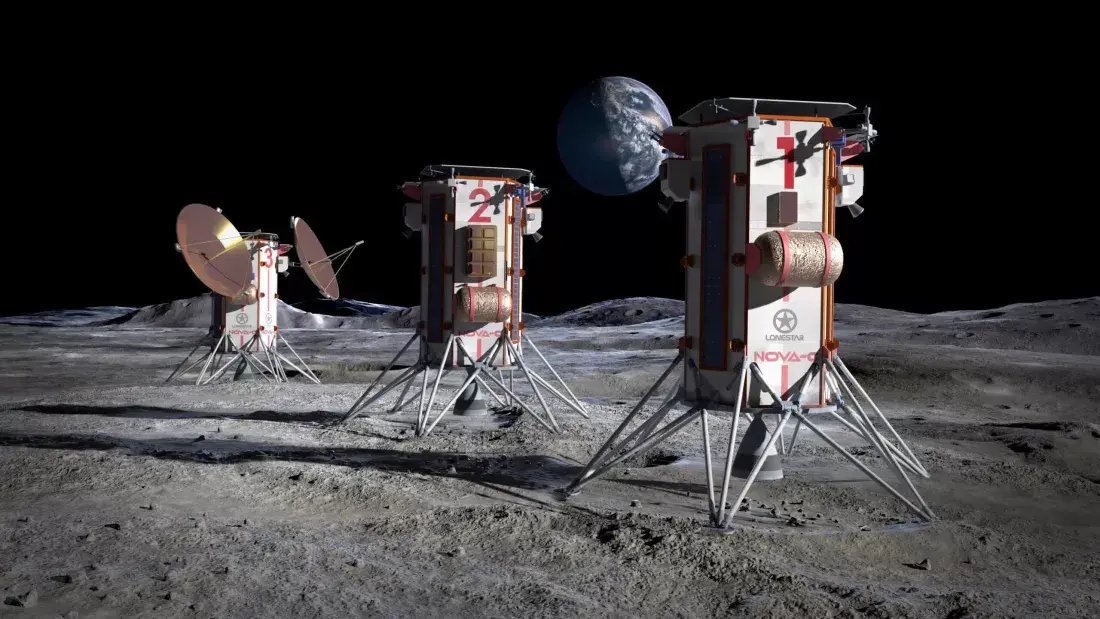
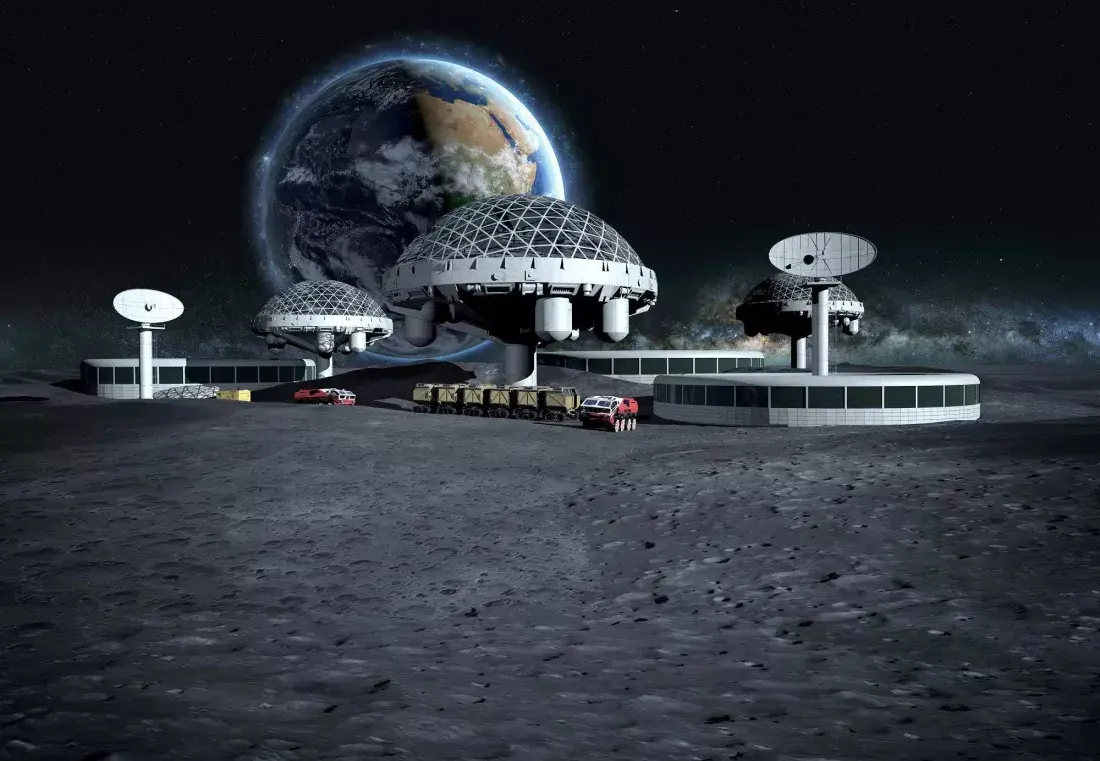
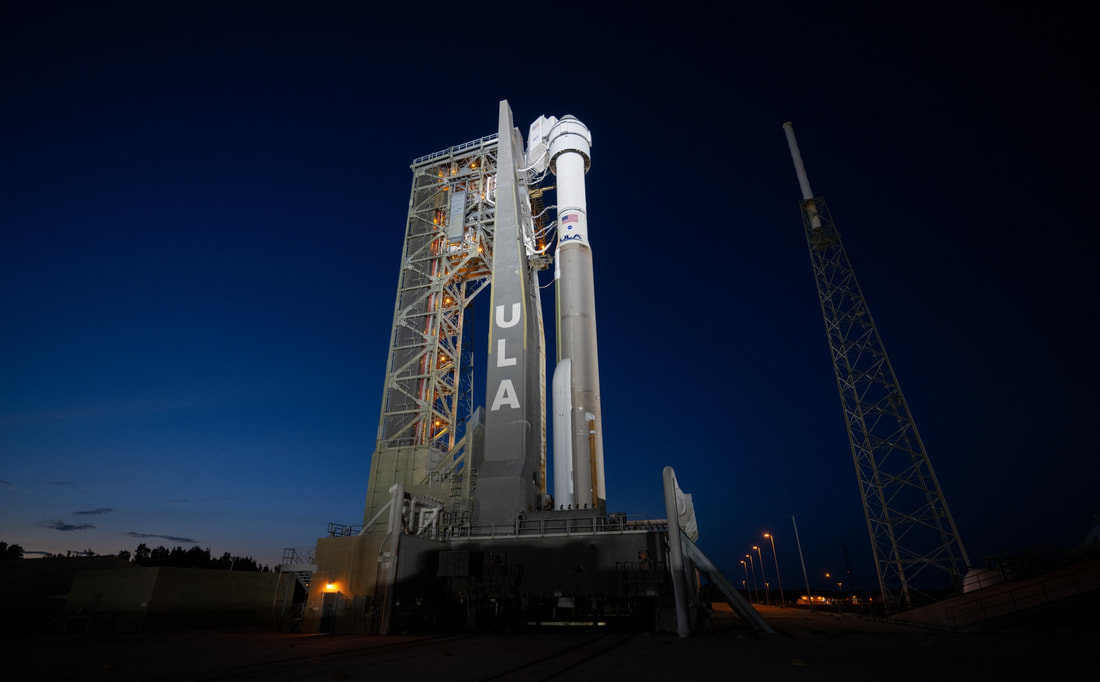
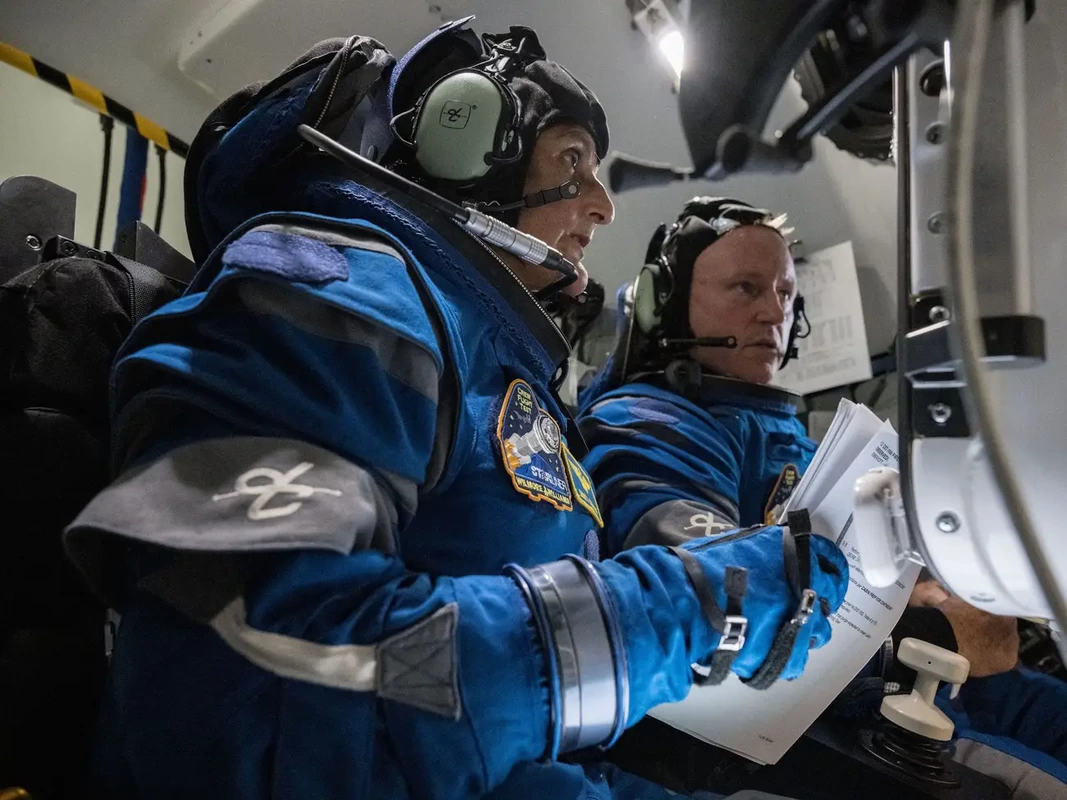
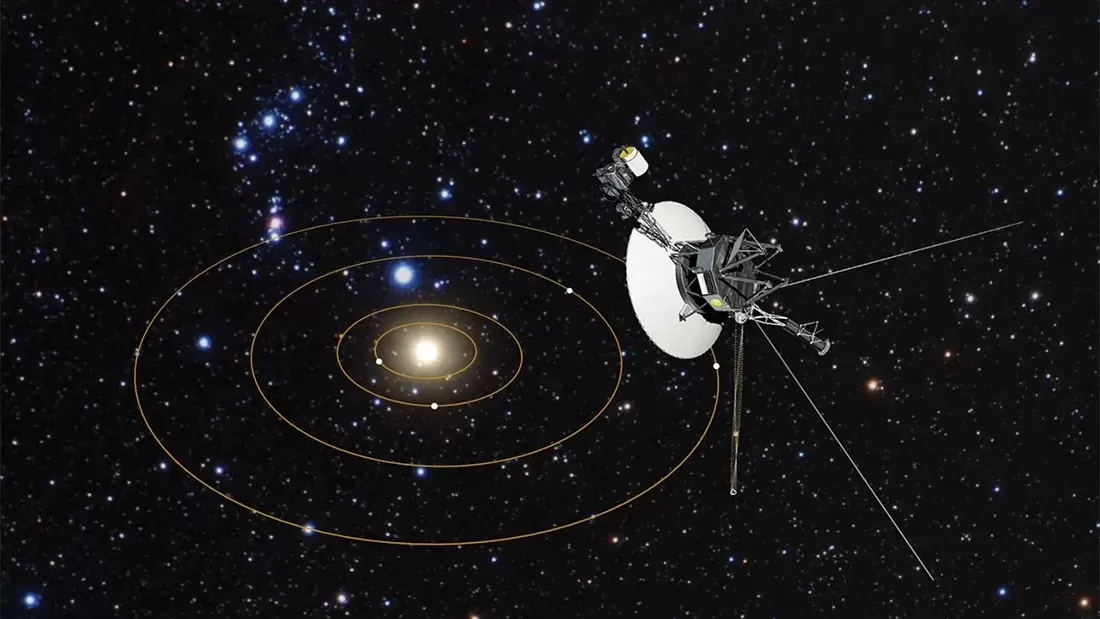
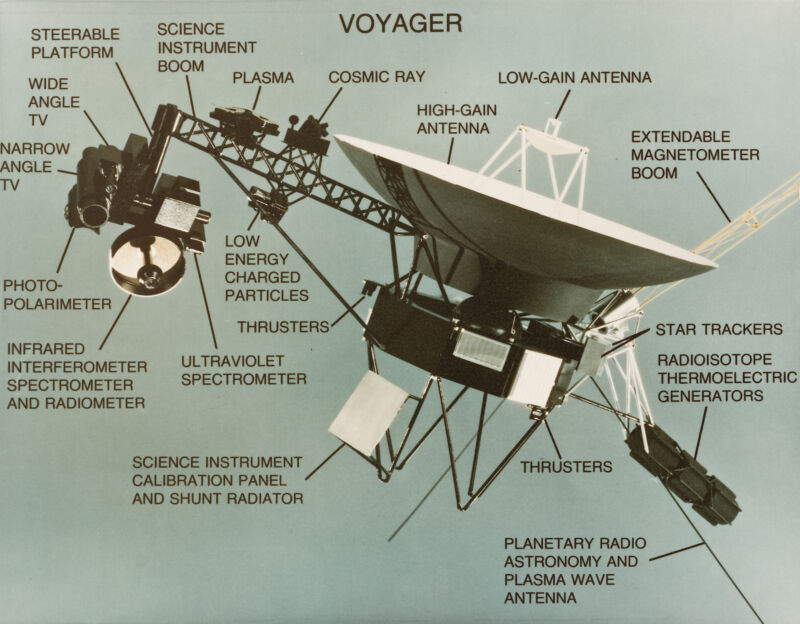
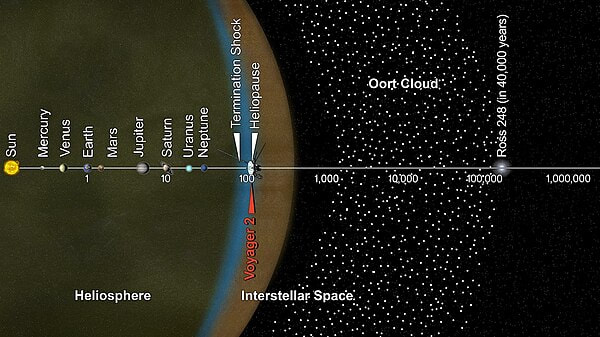

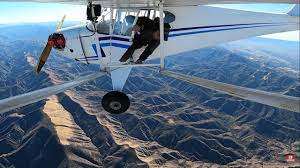

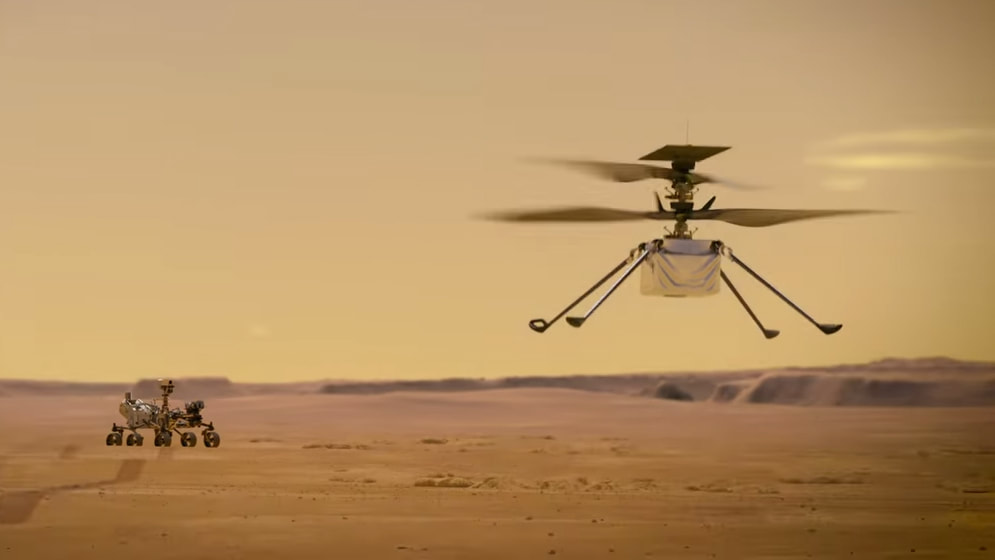

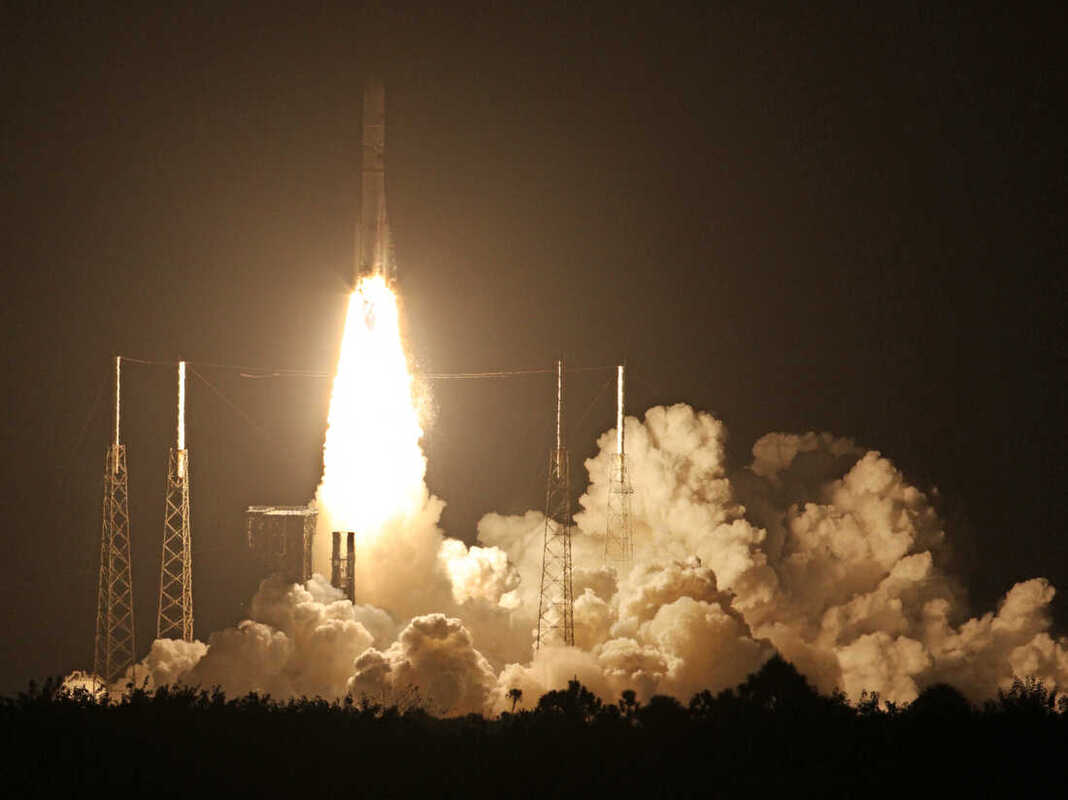
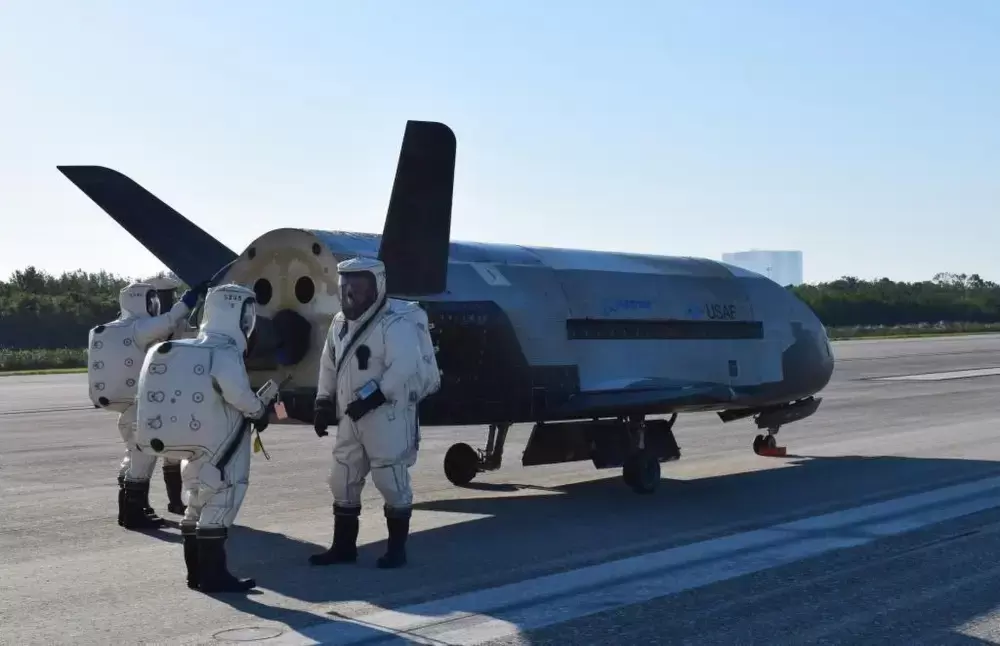
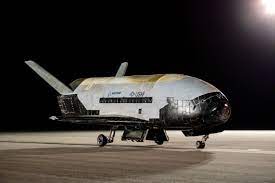
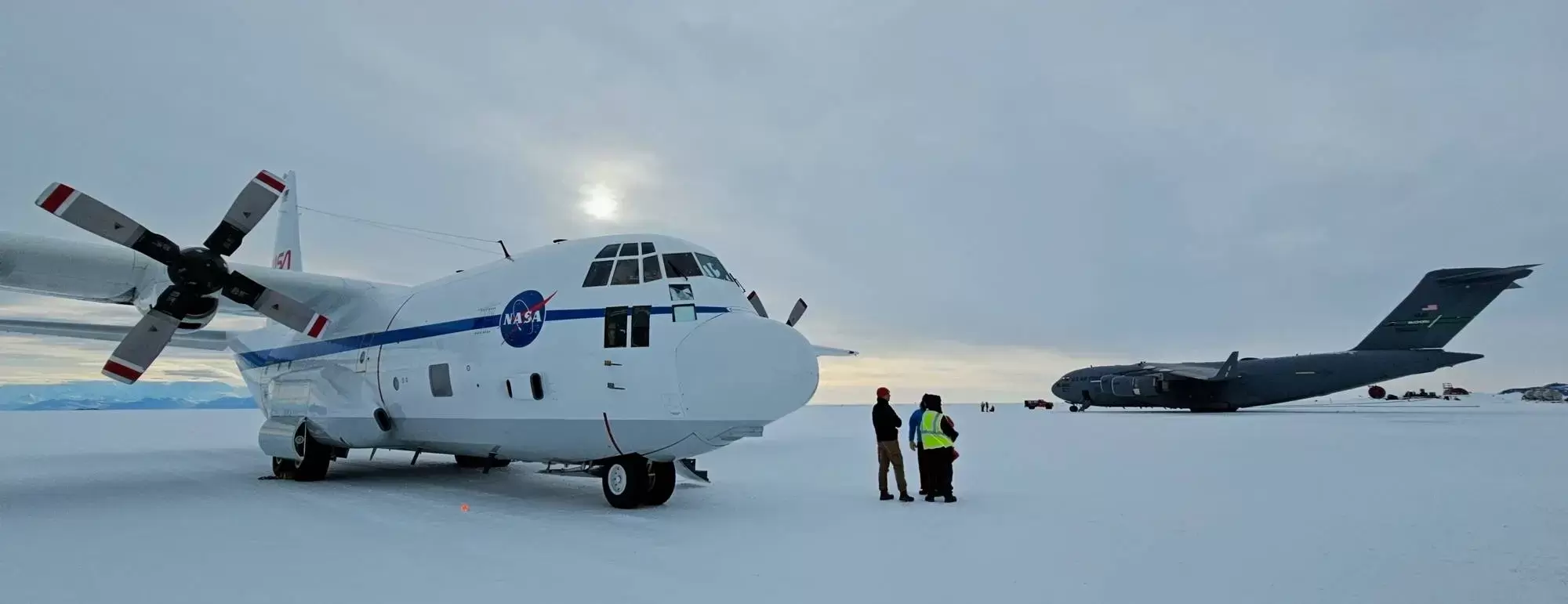
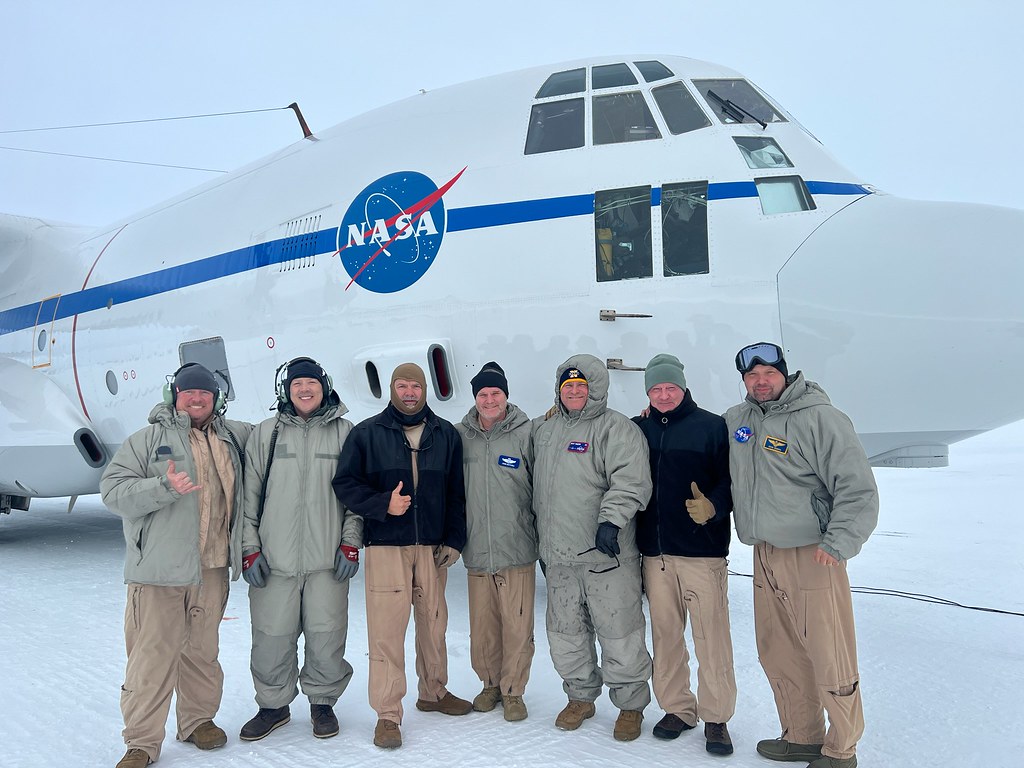
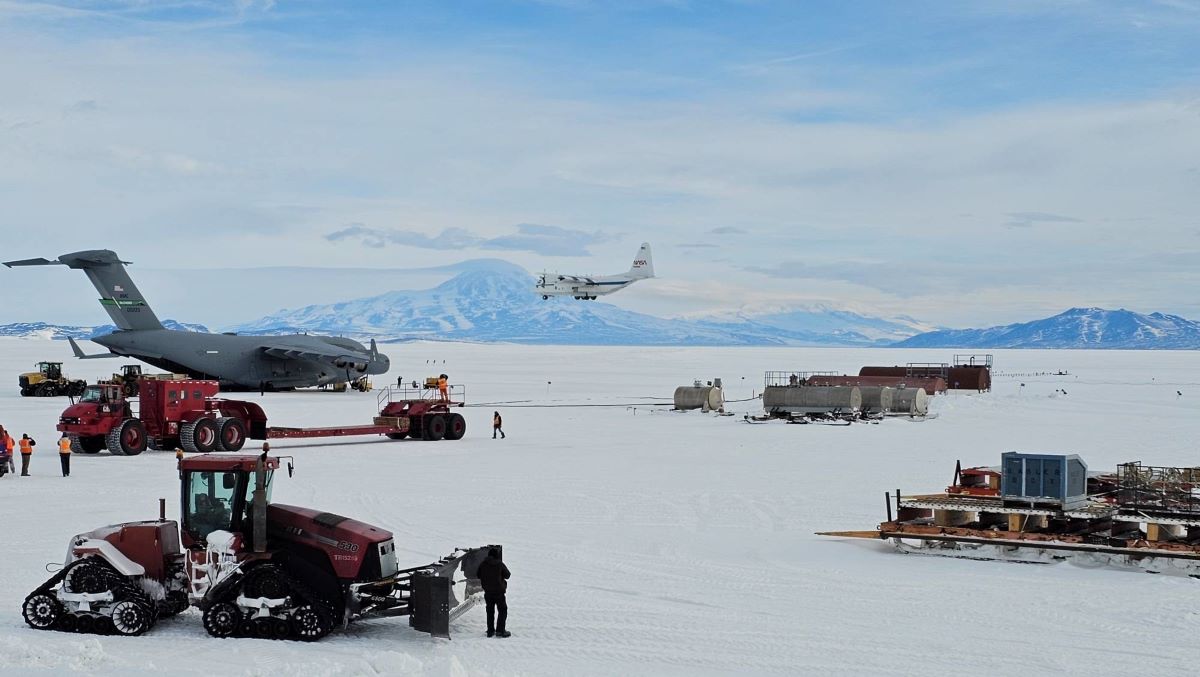

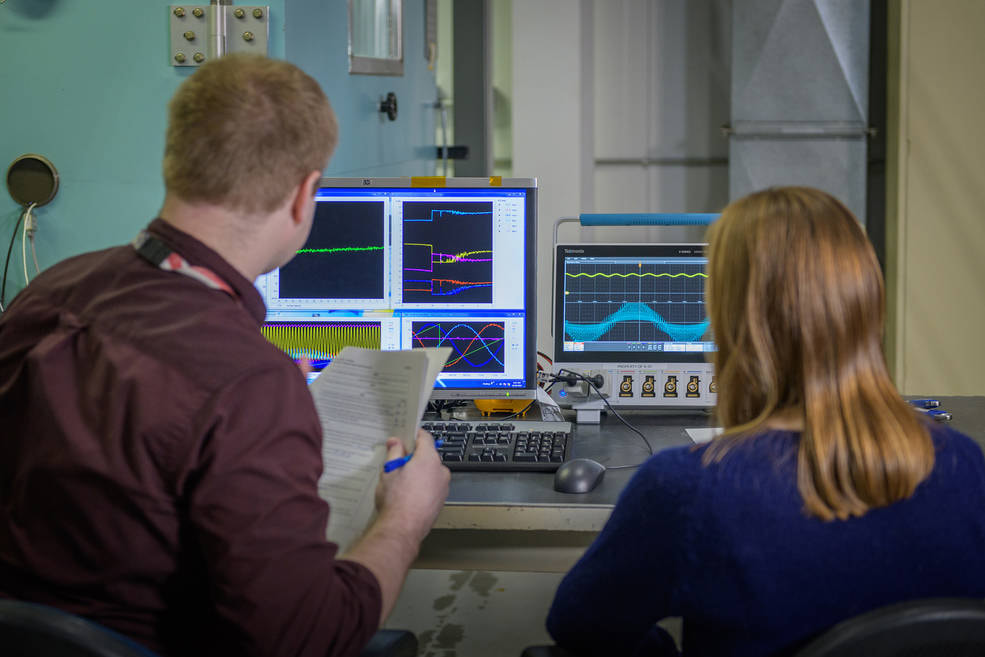
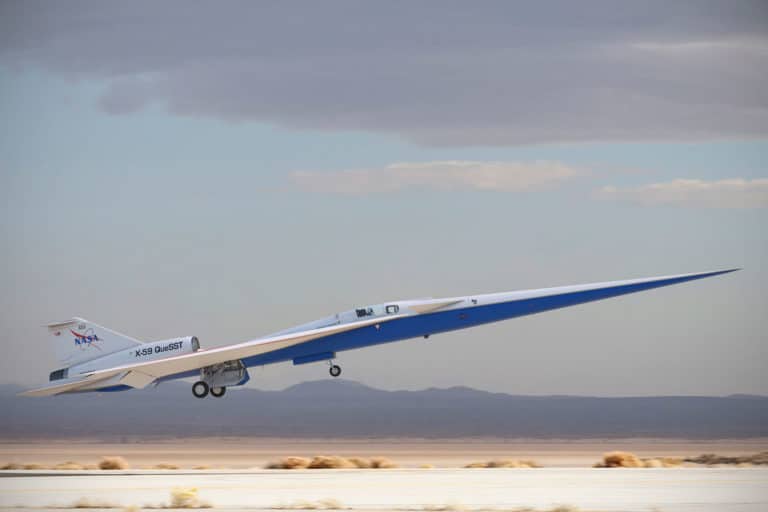
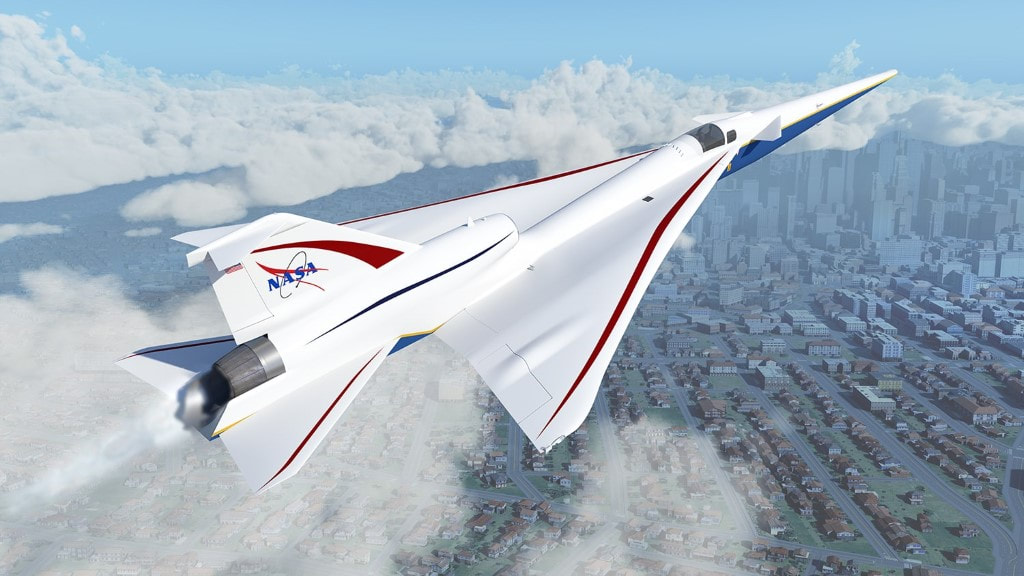
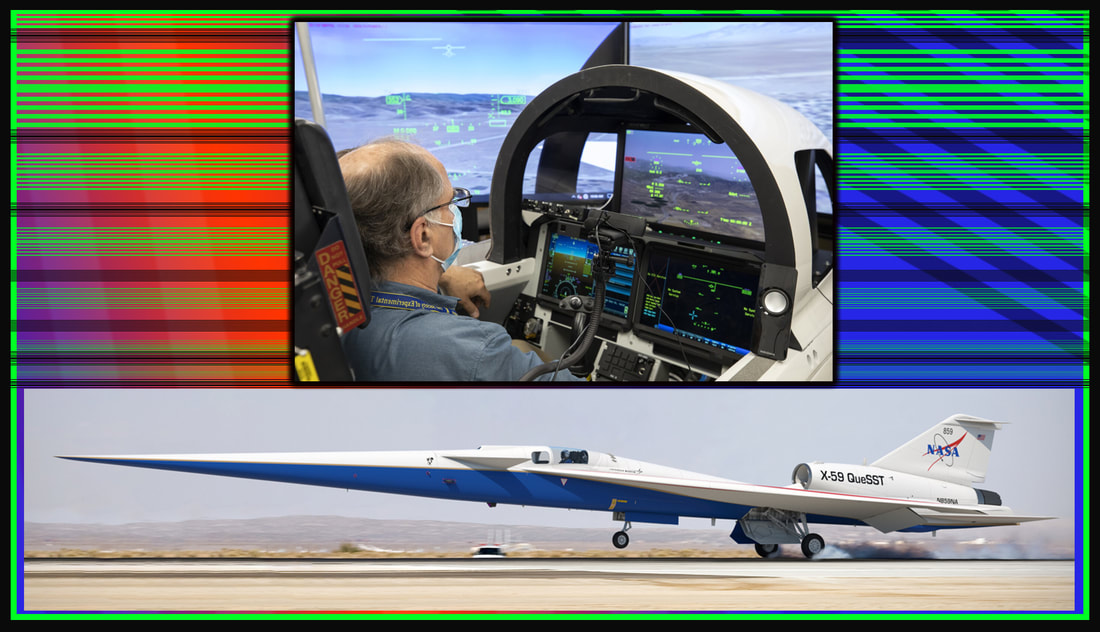
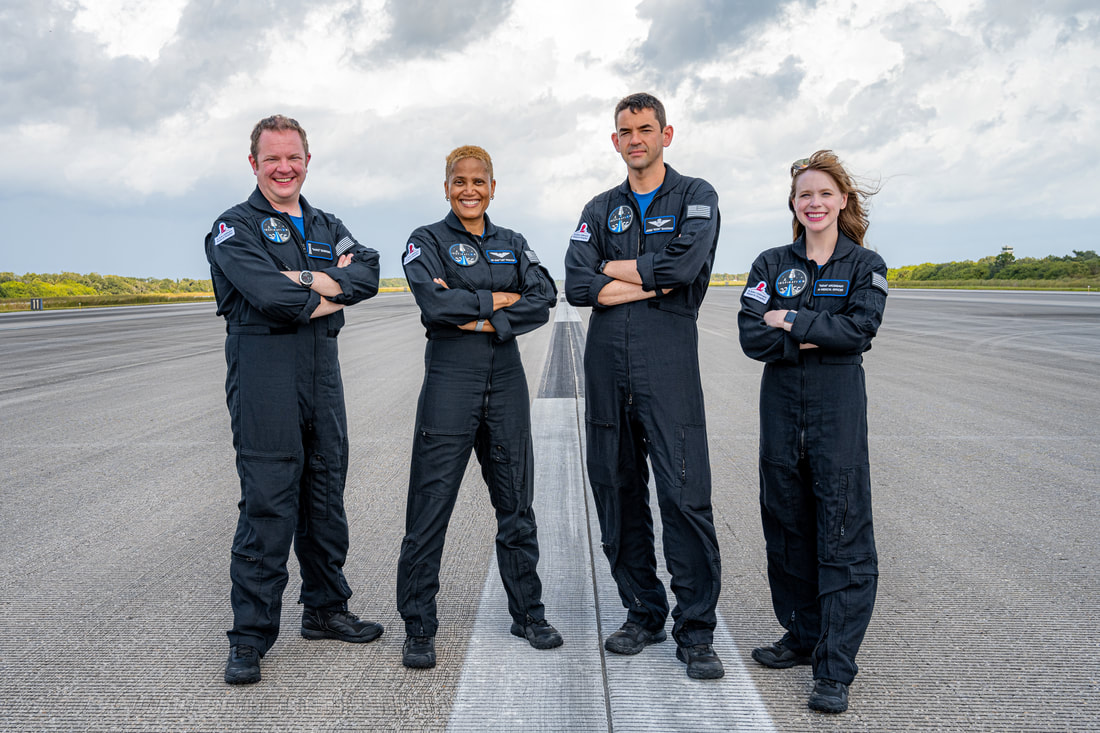
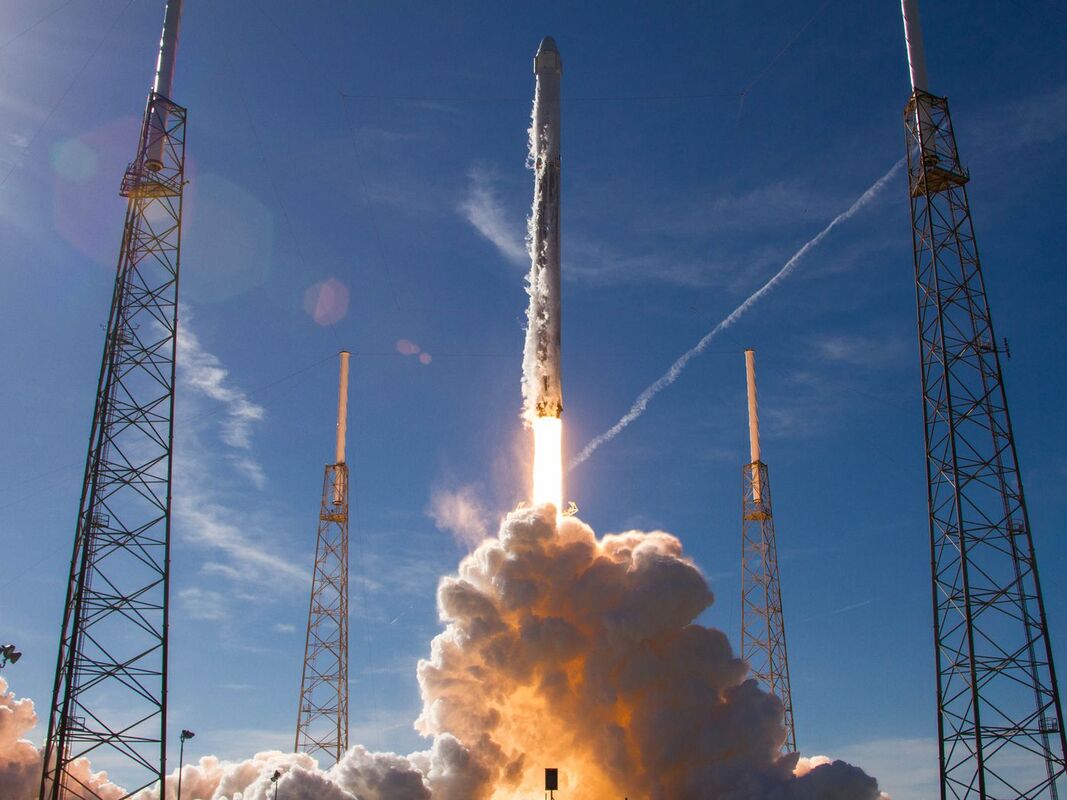
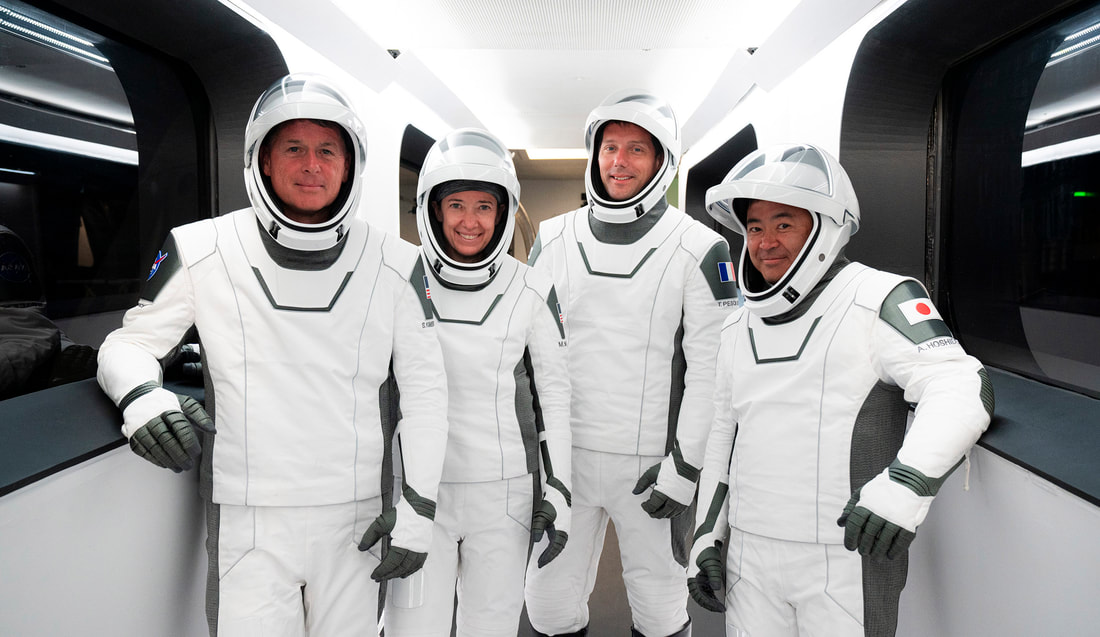

 RSS Feed
RSS Feed